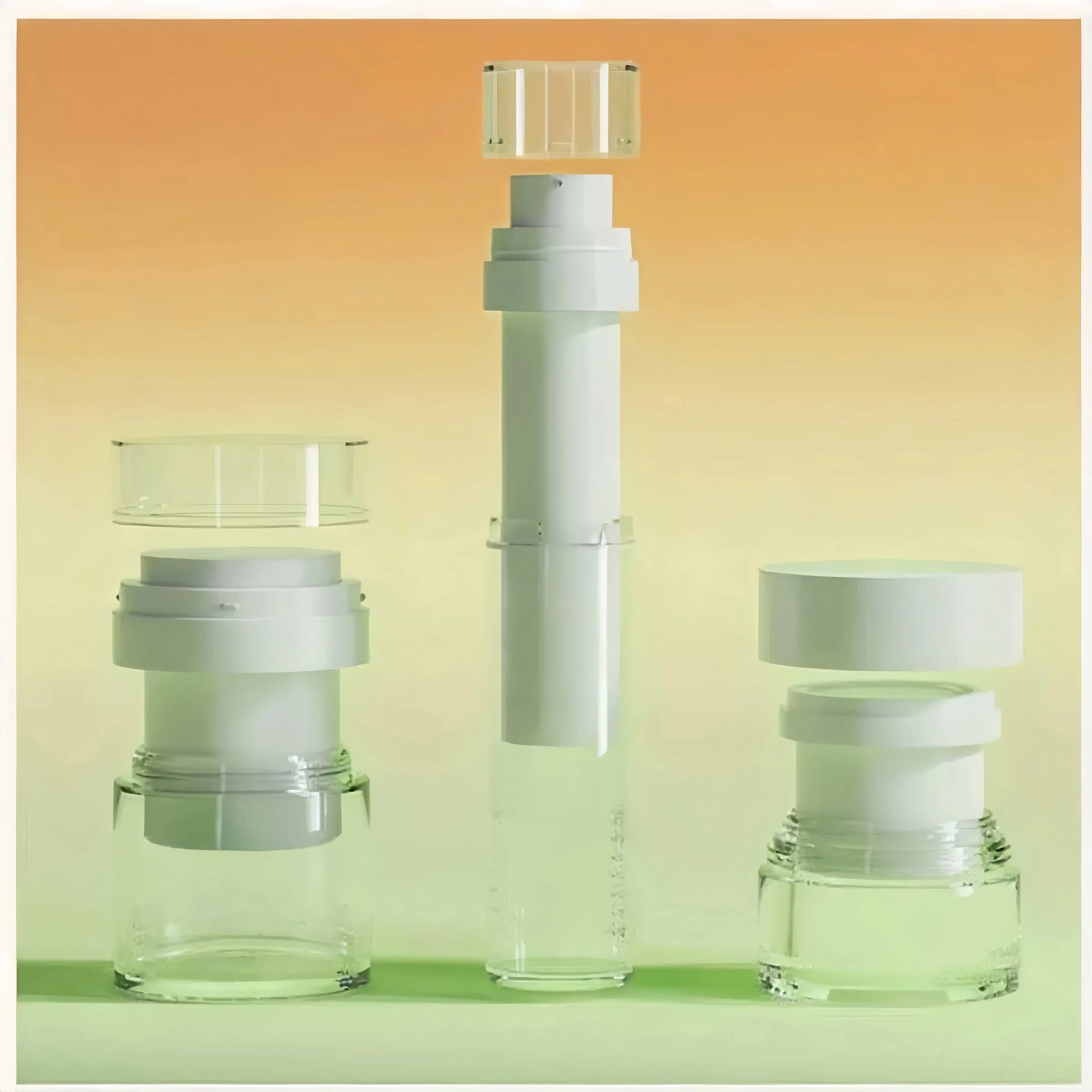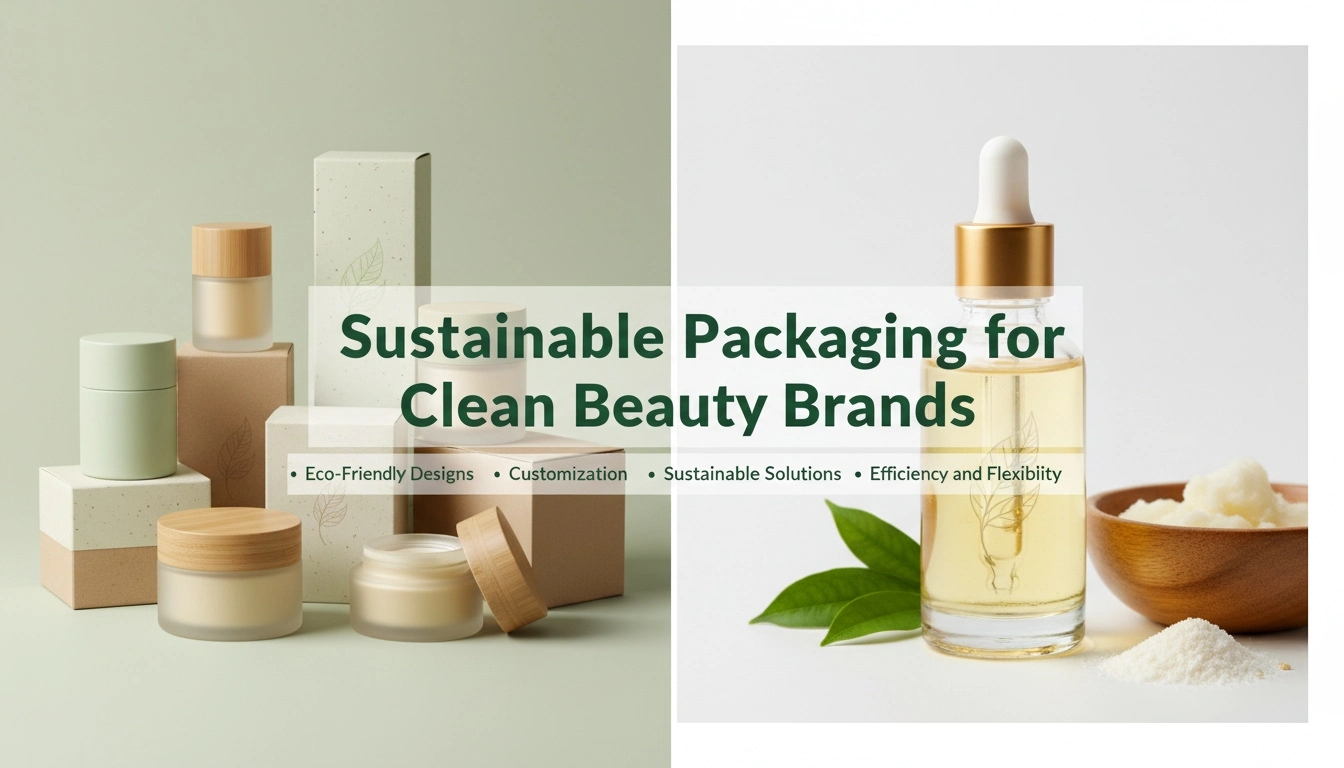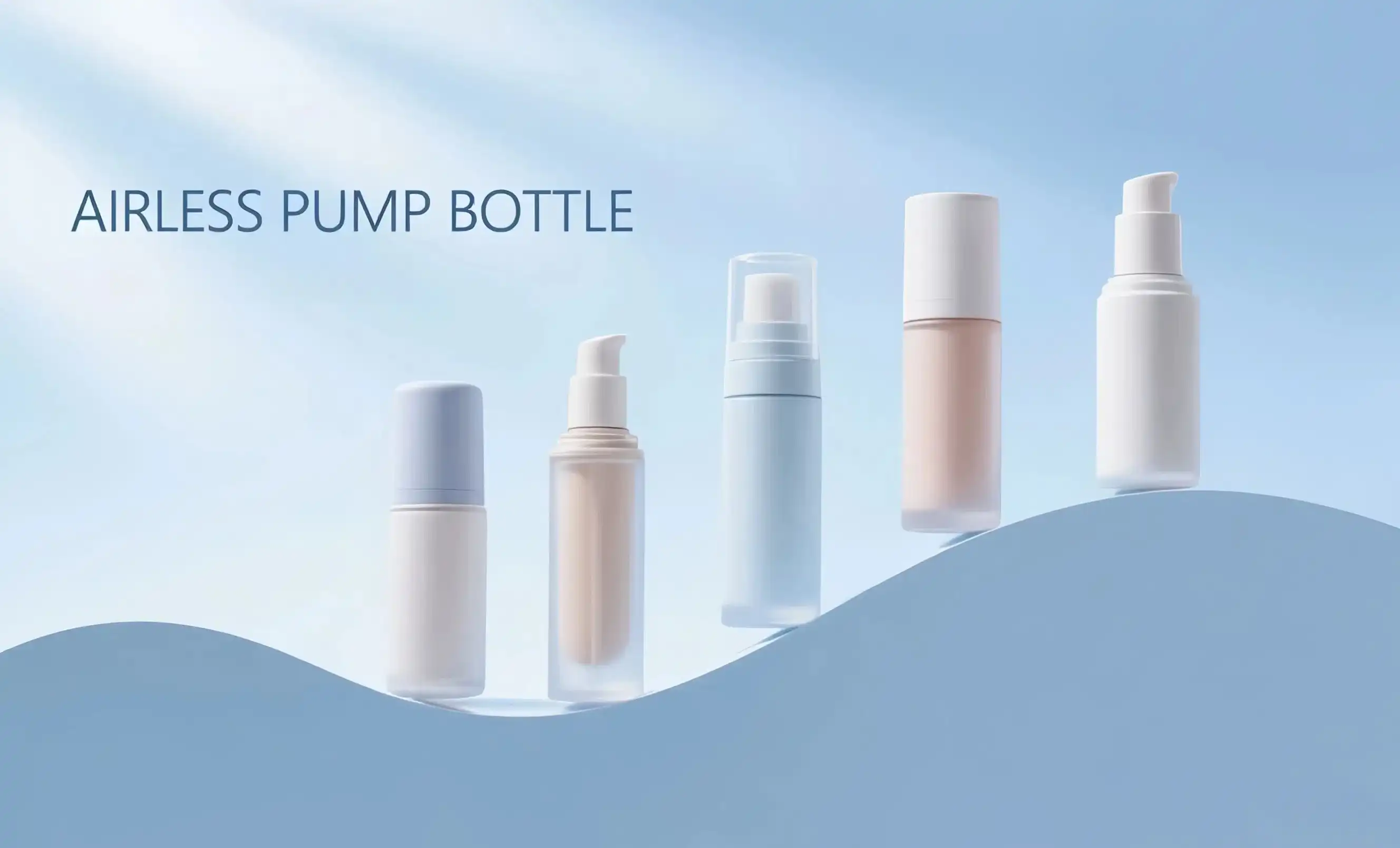What Are the Key Differences Between Plastic and Glass Airless Bottles?
Understanding the distinctions between plastic and glass airless bottles is essential for making an informed decision about your product packaging. Let's examine the key differences:

Material Properties and Durability
Plastic airless bottles are typically made from materials like PET, PP, or PETG, offering excellent durability and resistance to breakage. They're lightweight and less prone to shattering, making them ideal for travel-friendly products. Glass airless bottles, while heavier, provide a premium feel and are completely recyclable. However, they're more susceptible to breakage and require careful handling during shipping and use.
Barrier Properties and Product Protection
Both plastic and glass airless bottles offer superior protection against air exposure, helping to preserve product integrity. However, plastic bottles often have a slight edge in terms of oxygen barrier properties, especially when using multi-layer materials. Glass bottles excel in preventing permeation of certain volatile compounds, making them suitable for fragrances and essential oil-based products.
Customization and Design Flexibility
Plastic airless bottles offer greater flexibility in terms of shape, size, and design options. They can be easily molded into various forms and decorated using techniques like silk screen printing, hot stamping, and gradient spraying. Glass bottles, while more limited in shape variations, provide a luxurious appearance and can be enhanced with etching or frosting techniques.
Environmental Impact and Recyclability
Glass bottles are 100% recyclable and can be recycled indefinitely without loss of quality. Plastic bottles, while recyclable, may have limitations depending on the specific material and local recycling facilities. However, advancements in recycled and bio-based plastics are improving the sustainability profile of plastic airless bottles.
Pros and Cons of Plastic Airless Bottles vs Glass Options
To help you make an informed decision, let's weigh the advantages and disadvantages of both plastic and glass airless bottles:
Advantages of Plastic Airless Bottles
- Lightweight and shatter-resistant, ideal for travel and everyday use
- Greater design flexibility and customization options
- Typically more cost-effective, especially for larger production runs
- Excellent oxygen barrier properties for sensitive formulations
- Precise dispensing capabilities, reducing product waste
- Lower shipping costs due to lighter weight
Disadvantages of Plastic Airless Bottles
- May be perceived as less premium compared to glass
- Some types of plastic may not be suitable for certain product formulations
- Recyclability can be limited depending on the specific plastic type and local facilities
Advantages of Glass Airless Bottles
- Premium look and feel, often associated with luxury products
- Excellent chemical resistance and compatibility with a wide range of formulations
- 100% recyclable and can be recycled indefinitely
- Superior barrier properties for certain volatile compounds
Disadvantages of Glass Airless Bottles
- Heavier weight, increasing shipping costs and carbon footprint
- More prone to breakage during shipping and use
- Generally more expensive than plastic options
- Limited design flexibility compared to plastic
When selecting between plastic airless bottles and glass options, consider factors such as your target market, product formulation, brand image, and sustainability goals. For many brands, particularly those focused on skincare and cosmetics, plastic airless bottles offer an optimal balance of functionality, design flexibility, and cost-effectiveness.
How Do Plastic Airless Bottles Compare in Cost to Glass Bottles?
Cost is a significant factor when choosing between plastic and glass airless bottles. Let's break down the various cost considerations:
Initial Production Costs
Generally, plastic airless bottles have lower initial production costs compared to glass bottles. The mold creation and manufacturing processes for plastic bottles are often less expensive, especially for larger production runs. Glass bottles typically require higher upfront investments due to the more complex manufacturing process and the need for specialized equipment.
Customization and Decoration Costs
Plastic bottles offer more cost-effective customization options. Techniques like silk screen printing, hot stamping, and gradient spraying can be applied to plastic bottles at a lower cost compared to similar decorative processes for glass. Custom shapes and sizes are also more affordable to produce in plastic.
Shipping and Handling Costs
The lightweight nature of plastic airless bottles translates to significant savings in shipping costs. Not only do they weigh less, but they're also less likely to break during transit, reducing the need for additional protective packaging. Glass bottles, being heavier and more fragile, incur higher shipping costs and may require more robust packaging to prevent breakage.
Long-term Cost Considerations
While plastic airless bottles often have lower upfront costs, it's important to consider long-term factors. Glass bottles may have a higher perceived value, potentially allowing for premium pricing of the final product. Additionally, the recyclability of glass can be a selling point for environmentally conscious consumers.
Volume-based Cost Analysis
For larger production volumes, plastic airless bottles tend to offer more significant cost savings. The economies of scale are more pronounced with plastic manufacturing processes. However, for smaller, luxury brands producing limited quantities, the cost difference between plastic and glass may be less significant, making glass a viable option for creating a high-end image.
When evaluating costs, it's crucial to consider not just the per-unit price of the bottles, but also factors like customization needs, shipping logistics, target market expectations, and brand positioning. For many brands, especially those in the mid to high-end skincare and cosmetics sectors, plastic airless bottles offer an attractive balance of cost-effectiveness and functionality.
Sustainability and Cost
As sustainability becomes increasingly important, it's worth noting that advancements in recycled and bio-based plastics are creating new options for eco-friendly packaging. While these materials may have a slightly higher cost compared to traditional plastics, they can offer a competitive edge in the market and align with consumer preferences for sustainable products.
In conclusion, the choice between plastic and glass airless bottles depends on a variety of factors, including product type, brand image, target market, and budget. Plastic airless bottles offer numerous advantages in terms of functionality, customization, and cost-effectiveness, making them an excellent choice for many skincare and cosmetic brands. Their lightweight nature, durability, and precise dispensing capabilities provide practical benefits for both manufacturers and consumers.
Are you ready to elevate your product packaging with high-quality airless bottles? At Topfeelpack, we specialize in advanced airless packaging solutions designed to meet the unique needs of skincare brands, makeup companies, and cosmetics manufacturers. Our commitment to sustainability, fast customization, and competitive pricing sets us apart in the industry. Whether you're a high-end skincare brand looking for premium packaging or a DTC company seeking cost-effective solutions, we have the expertise to deliver.
Don't let subpar packaging compromise your product's effectiveness. Experience the Topfeelpack difference today. Contact us at pack@topfeelgroup.com to discuss your airless bottle needs and discover how we can help your brand stand out in the competitive beauty market.
References
- Johnson, A. (2023). "The Evolution of Cosmetic Packaging: From Glass to Plastic Airless Systems." Journal of Packaging Innovation, 15(2), 78-92.
- Smith, B., & Brown, C. (2022). "Comparative Analysis of Environmental Impact: Plastic vs. Glass Containers in the Beauty Industry." Sustainable Packaging Review, 8(4), 112-128.
- Lee, S., et al. (2023). "Consumer Perceptions of Luxury Skincare Packaging: A Study on Material Preferences." International Journal of Cosmetic Science, 45(3), 301-315.
- Garcia, M. (2022). "Cost-Benefit Analysis of Airless Packaging Systems in the Cosmetics Industry." Journal of Beauty Business Management, 11(1), 45-60.
- Thompson, R. (2023). "Advancements in Recycled and Bio-based Plastics for Cosmetic Packaging." Green Chemistry & Technology Letters, 7(2), 89-103.
- Williams, E., & Davis, K. (2022). "The Impact of Packaging Material on Product Shelf Life: A Comparison of Glass and Plastic Airless Bottles." International Journal of Cosmetic Science, 44(6), 523-537.

 - 副本_1745399213966.webp)

_1747827716538.webp)

